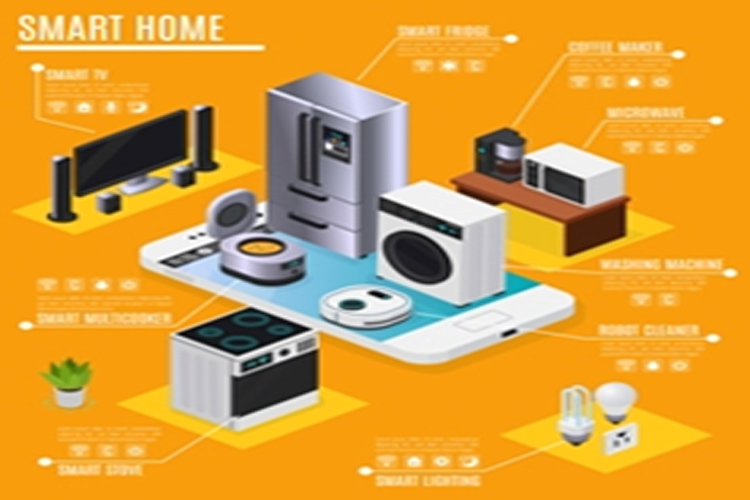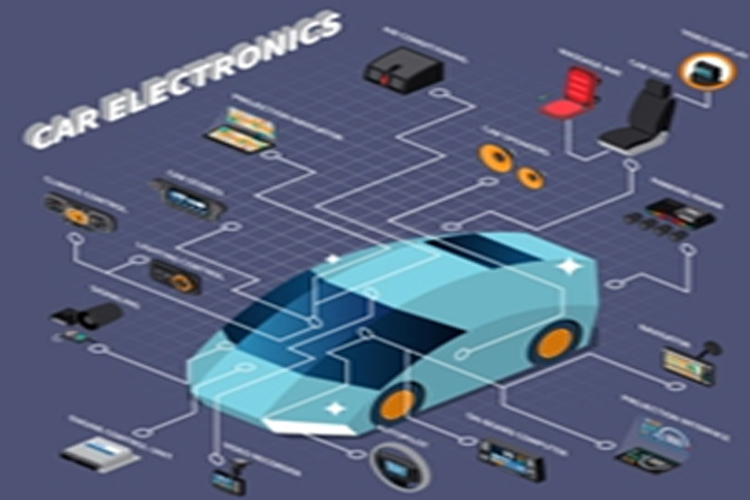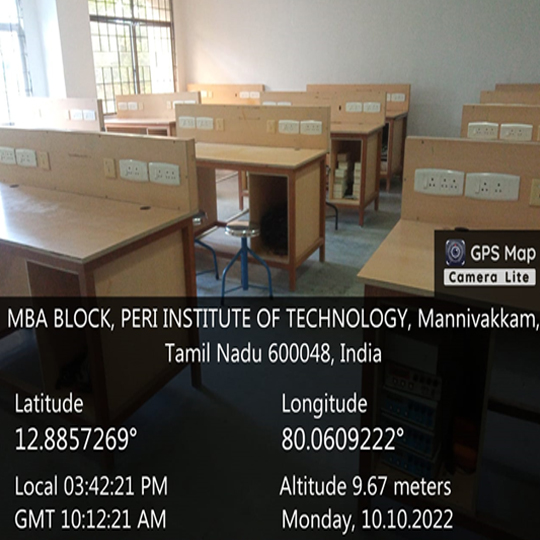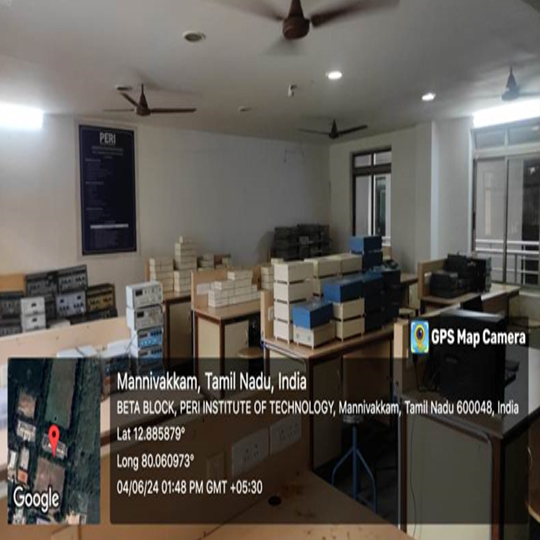Laboratory
Microprocessor & Microcontroller Lab
Microprocessor & Microcontroller Lab
About
The Microprocessor & Microcontroller Laboratory is a vital part of the Electronics and Communication Engineering (ECE) curriculum, designed to provide students with an in-depth understanding of the fundamental concepts, architecture, programming, and real-time interfacing of microprocessors and microcontrollers. The primary objective of this laboratory is to equip students with both theoretical knowledge and hands-on practical skills that are crucial in the design and implementation of embedded systems. The lab introduces students to the internal architecture, data flow, memory organization, instruction sets, and addressing modes of widely used microprocessors such as the 8085 and 8086, and microcontrollers like the 8051 and modern ARM-based controllers. Through systematic programming sessions, students are trained to write, execute, and debug assembly-level and embedded C programs to perform arithmetic, logical, branching, and control operations.
A key focus of the lab is to develop students' abilities to interface microprocessors/microcontrollers with a wide variety of external peripherals and real-world input/output devices. This includes working with ADCs, DACs, LEDs, 7-segment displays, LCDs, matrix keypads, stepper motors, DC motors, relays, buzzers, sensors, and more. Students learn the principles and practices of digital interfacing, data acquisition, and control applications. The lab also enables students to explore and implement various communication protocols such as UART, SPI, and I2C for serial and parallel data transfer, which are essential in modern embedded system design. In addition, students are taught to utilize timers, counters, and interrupt mechanisms to design time-critical and event-driven applications.
The laboratory encourages students to develop mini-projects and prototypes that integrate hardware and software solutions for real-time applications, such as home automation systems, temperature monitoring and control, smart traffic systems, and robotic control units. By bridging the gap between digital logic, computer architecture, and application-level design, the lab builds a solid foundation for careers in embedded systems, VLSI, IoT, robotics, automotive electronics, and industrial automation. It also strengthens analytical thinking, debugging techniques, and documentation skills—qualities essential for successful engineers. Overall, the Microprocessor and Microcontroller Laboratory serves as a cornerstone in shaping competent, innovative, and industry-ready Electronics and Communication Engineers.









